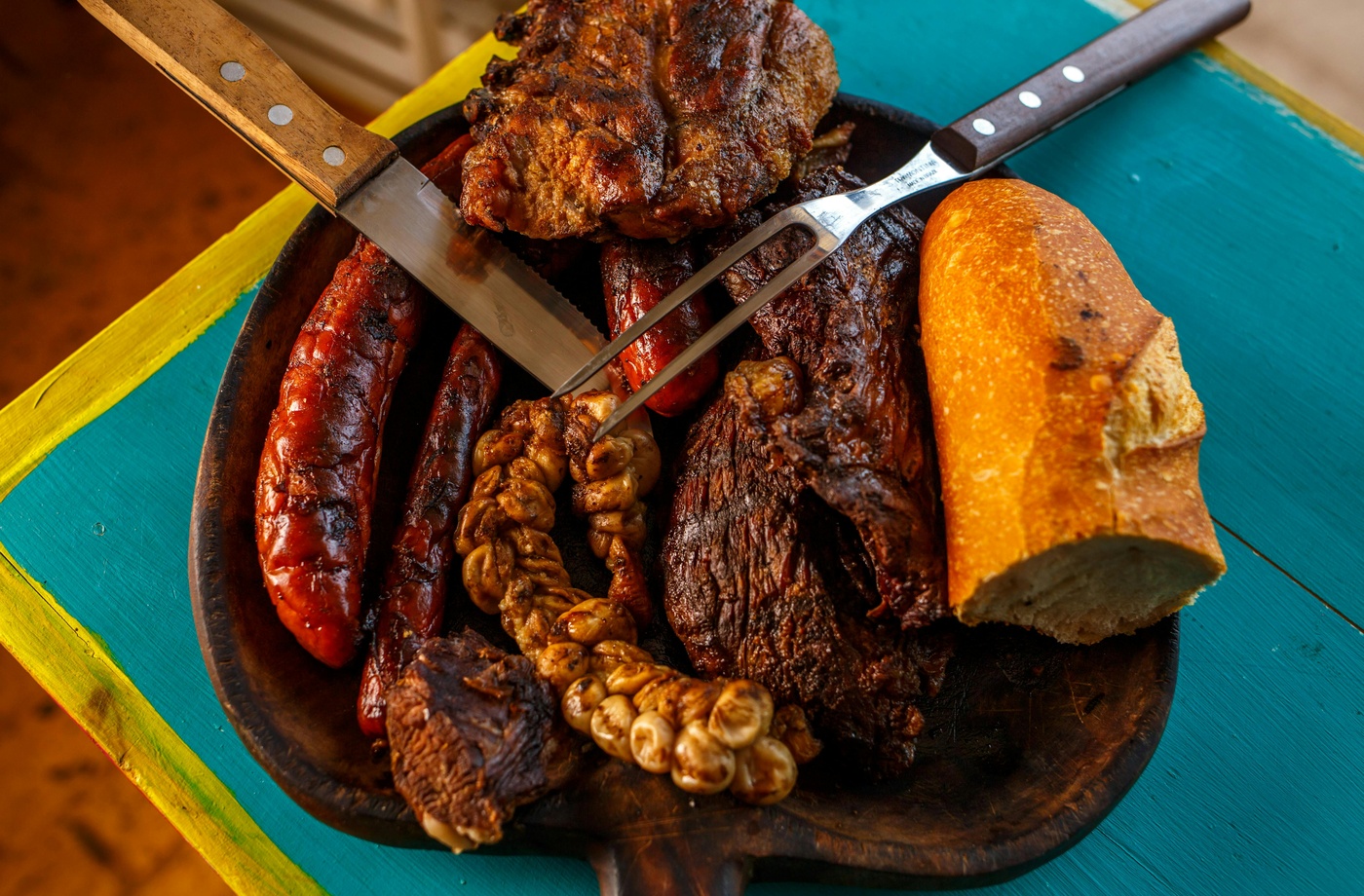When exploring global cuisine, knowing what to eat is only half the experience—how you eat matters just as much. Dining etiquette varies widely by country, shaped by centuries of tradition, religious beliefs, and social customs. A gesture that’s polite in one country might be seen as rude in another. Whether you’re traveling for business or leisure, brushing up on local table manners helps you avoid faux pas and show respect for the culture.
Here’s a country-by-country guide to key dining dos and don’ts, with expert tips for navigating meals around the world.
Japan: Precision and Politeness
- Do: Say “Itadakimasu” before eating and “Gochisousama deshita” after. These phrases show gratitude for the meal.
- Do: Use chopstick holders and avoid sticking chopsticks upright in rice—it resembles a funeral ritual.
- Don’t: Pass food directly from your chopsticks to someone else’s. This mimics a cremation custom.
- Explore Japanese dining etiquette more on Culture Trip.
France: Formality Meets Flavor
- Do: Keep both hands visible on the table—resting wrists on the edge is considered polite.
- Do: Expect leisurely meals; rushing is frowned upon.
- Don’t: Ask to share the bill. Splitting is uncommon in formal dining and may seem tacky.
- For more etiquette advice, see Lonely Planet’s France guide.
India: Community and Respect
- Do: Eat with your right hand—your left hand is traditionally considered unclean.
- Do: Accept food or drink with your right hand as well.
- Don’t: Touch communal serving dishes with your used spoon or fingers.
- In many homes, finishing all your food is seen as respectful, but in others, leaving a bit can signify satisfaction.
Italy: Passion and Pacing
- Do: Use utensils for nearly everything—even pizza in formal settings.
- Don’t: Ask for extra cheese or modify your dish excessively—it may offend the chef.
- Don’t: Order a cappuccino after noon. It’s seen as a breakfast drink only.
Thailand: Harmony and Humility
- Do: Use a fork only to push food onto your spoon. The spoon is the main eating utensil.
- Do: Leave a small amount of food on your plate to show you’re satisfied.
- Don’t: Touch someone’s head (even a child’s) or point your feet at others—it’s considered disrespectful.
- Visit Lonely Planet’s Thailand page for cultural travel tips.
Ethiopia: Sharing and Simplicity
- Do: Eat with your hands using injera, a sour flatbread, as a utensil.
- Do: Accept gursha, a bite of food offered by someone else—it’s a sign of affection.
- Don’t: Eat with your left hand or start eating before the eldest at the table.
China: Respect Through Ritual
- Do: Try every dish and rotate the lazy Susan so others can serve themselves.
- Don’t: Point chopsticks at people or leave them sticking in food.
- Don’t: Finish all your food—it may signal your host didn’t serve enough.
Brazil: Conversation and Courtesy
- Do: Arrive a little late—it’s culturally acceptable and often expected.
- Do: Compliment the food generously.
- Don’t: Start eating until the host invites you to begin.
Final Thoughts: Mindful Eating Is Global Respect
Learning and practicing local dining etiquette isn’t just about avoiding awkward moments—it’s a way to connect with people and honor their culture. Whether you’re enjoying sushi in Tokyo, curry in Delhi, or espresso in Rome, good manners are a universal ingredient in any great meal.
For more country-specific tips and deeper etiquette insights, check out Culture Trip and Lonely Planet.



